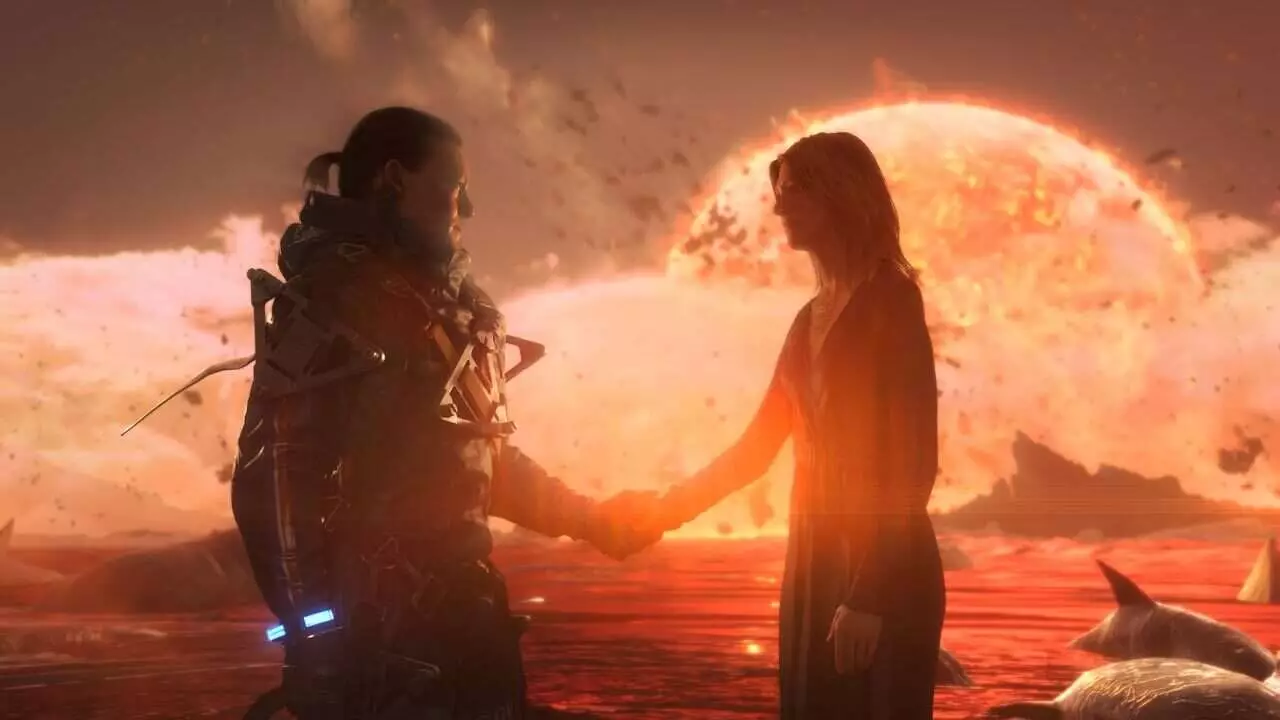The gaming world is abuzz with the latest appointment of Michael Sarnoski as the director for the highly anticipated live-action adaptation of *Death Stranding*, a groundbreaking title that stretches the imagination of video game narrative and design. Known for his impressive work on *A Quiet Place: Day One*, Sarnoski brings a distinct cinematic vision that could elevate this adaptation beyond the typical video game movie fare—a genre often criticized for its inability to capture the essence of its source material. This unique collaboration between Sarnoski, A24, and Kojima Productions has sparked significant interest, promising a retelling that embraces the complexity and themes of Hideo Kojima’s original game.
Understanding the Source Material
At its core, *Death Stranding* is not just a game; it is a philosophical exploration of connection, isolation, and resurrection. The storyline revolves around a calamitous event that disrupts the fabric of humanity, forcing its characters into a desperate fight for survival in an inextricably interconnected world. Fans are likely expecting the film to delve deep into these themes, while breaking away from the tropes that have plagued video game adaptations in the past. The challenge for Sarnoski will be to retain the emotional gravitas and existential weight of the game while also crafting a visually compelling story that resonates with audiences unacquainted with the gaming experience.
The Ensemble Cast and Their Roles
As the film develops, the casting choices will undoubtedly play a pivotal role in shaping its identity. Following the format established in the game, we may see familiar faces reprising their roles, including Norman Reedus as Sam Porter Bridges. The inclusion of new characters portrayed by prominent actors like Elle Fanning and George Miller only heightens anticipation. It remains to be seen how these additions will enrich the narrative and whether Sarnoski will opt for a fresh approach or remain tethered to the established lore. The film provides an opportunity to explore character dynamics and relationships that were touched upon in the game but could be further fleshed out on screen.
Kojima’s Vision for Film
Hideo Kojima’s own desire to differentiate this film from traditional adaptations adds another layer of intrigue. His insistence on telling a unique story suggests that the movie may not simply replicate the narrative arc of the game, but instead offer new avenues for exploration. Given Kojima’s penchant for ambitious storytelling, the film might dive deeper into the psychological aspects of post-apocalyptic survival and human connections, possibly introducing a fresh perspective that hadn’t been fully explored in the gaming experience.
The Promise of Innovation
With *Death Stranding 2: On The Beach* set for release, there’s a palpable excitement not just for the continuation of the gaming saga, but for how the film adaptation will meld with it. Fans are eager to see how cinematic elements can enhance their experience of the game’s sequel. By introducing innovative storytelling, dynamic character arcs, and visually arresting sequences, Sarnoski has the chance to set a new standard for video game adaptations—one that celebrates the original while standing as a strong work in its own right.
The anticipation continues to build, invigorating both the gaming and cinematic landscapes. As Michael Sarnoski takes the helm, the conversation shifts from skepticism about video game adaptations to genuine curiosity about how this bold artistic endeavor will unfold. The convergence of two mediums, each notoriously unique in their storytelling capabilities, exemplifies the promise that a project of this magnitude holds for the future of both industries.

